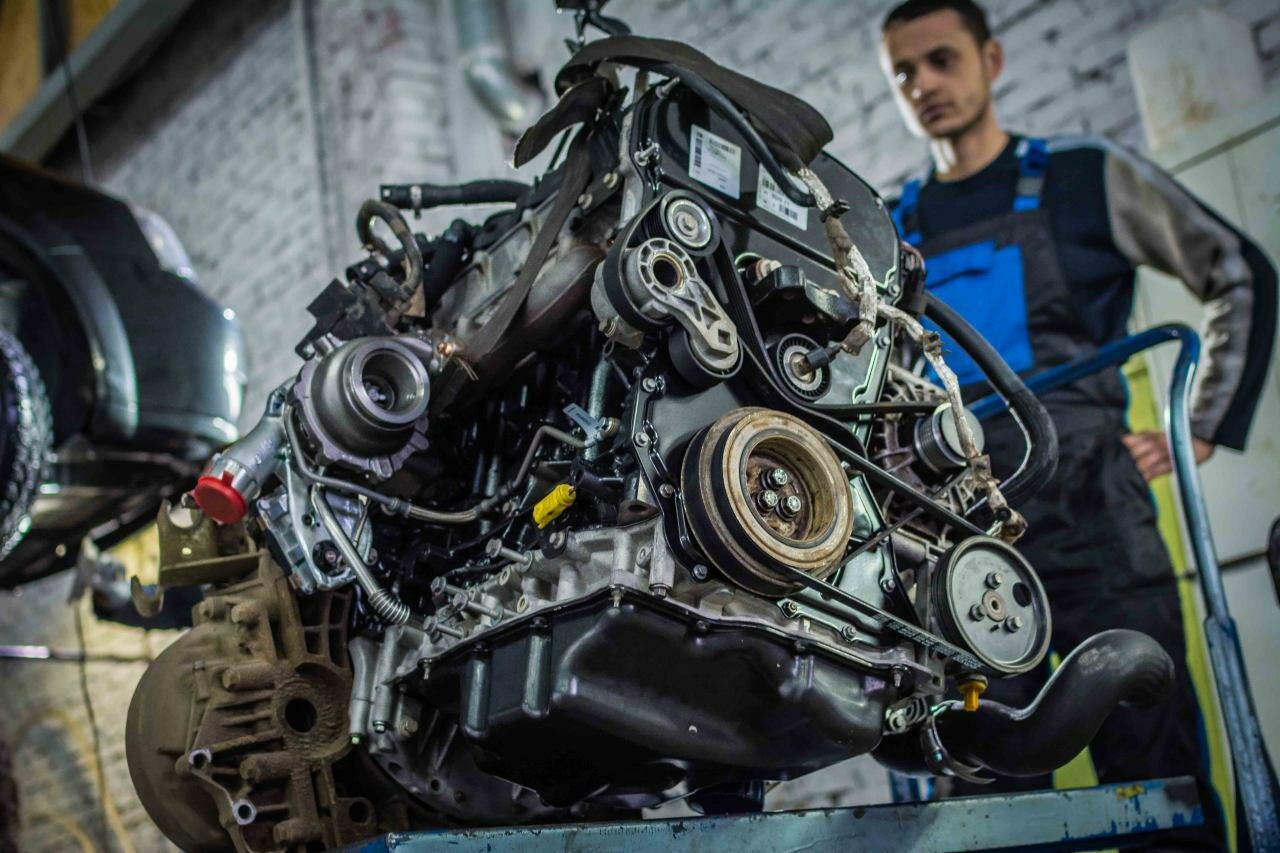Introduction: Removing Water from Engine Oil
Why is Water in Engine Oil a Problem?
- Water contamination in engine oil can lead to severe damage and reduced performance of your vehicle.
- When water mixes with oil, it forms an emulsion that reduces lubrication efficiency, causing increased friction and wear on engine components.
- Excessive water content can also lead to corrosion, rust, and the formation of sludge, which further hampers engine performance.
Understanding the Causes of Water Contamination in Engine Oil
- Condensation: During cold starts or when the engine cools down, moisture from the air condenses and enters the oil system.
- Leaking Seals or Gaskets: Damaged or worn-out seals and gaskets can allow water to seep into the engine oil.
- Ingress from External Sources: Driving through deep water, a damaged radiator, or a faulty cooling system can introduce water into the oil.
Importance of Removing Water from Engine Oil
- Improved Lubrication: By eliminating water, the oil can effectively lubricate engine components, reducing friction and wear.
- Enhanced Engine Performance: Removing water from oil helps maintain optimal engine temperature and prevents corrosion, ensuring smooth operation.
- Prolonged Engine Life: Water-free oil prevents damage to critical engine parts, prolonging the overall lifespan of your vehicle.
Methods to Effectively Remove Water from Engine Oil
In the following sections, we will explore practical recommendations and techniques to remove water from engine oil, ensuring the longevity and performance of your vehicle.
Methods to Remove Water from Engine Oil
1. Heat and Evaporation Method
One effective method to remove water from engine oil is through heat and evaporation. Here’s how you can do it:
- Start by draining the contaminated oil from the engine.
- Transfer the oil to a clean, heat-resistant container.
- Place the container on a heat source, such as a hot plate or stove, and gradually heat the oil to around 180-200 degrees Fahrenheit (82-93 degrees Celsius).
- As the oil heats up, the water will start to evaporate, leaving behind the purified oil.
- Monitor the temperature carefully to avoid overheating or ignition of the oil.
- Once the water has evaporated, allow the oil to cool before transferring it back into the engine.
Note: This method should only be attempted by individuals with proper safety precautions and knowledge of handling hot liquids.
2. Centrifugation Method
Another effective technique to remove water from engine oil is through centrifugation. Follow these steps:
- Obtain a centrifuge machine designed for oil purification.
- Drain the contaminated oil into the centrifuge container.
- Securely close the container and start the centrifuge machine.
- The centrifugal force will separate the water from the oil, allowing it to collect at the bottom of the container.
- After the process is complete, carefully drain the water from the container.
- Transfer the purified oil back into the engine.
3. Chemical Additives Method
Using chemical additives can also help remove water from engine oil. Here’s how:
- Purchase a high-quality oil additive specifically designed to eliminate water contamination.
- Follow the instructions provided by the manufacturer for the correct dosage.
- Add the recommended amount of the additive to the engine oil.
- Start the engine and let it run for a few minutes to allow the additive to mix thoroughly with the oil.
- The chemical additive will break down the water molecules, allowing them to separate from the oil.
- Drain the oil and replace it with fresh, uncontaminated oil.
Top views |
|
|---|---|
 |
Oil, Timing Chains, Pistons: What Really Kills an Engine Prematurely? |
 |
How to Choose a Car with a Reliable Engine: Used Car Market Hacks That Actually Work |
Conclusion
Removing water from engine oil is crucial for maintaining the performance and longevity of your vehicle. By employing methods such as heat and evaporation, centrifugation, or chemical additives, you can effectively eliminate water contamination. Remember to follow safety guidelines and consult professionals if needed. Regularly monitoring and maintaining your engine oil will ensure optimal lubrication and prevent costly damages in the long run.




0 Comments